液压挖掘机反铲工作装置设计【优秀含6张CAD图纸+proe三维建模+挖掘机工程机械全套课程毕业设计】
【带任务书+开题报告+中期检查表+答辩ppt+外文翻译】【27页@正文12600字】【详情如下】【需要咨询购买全套设计请加QQ1459919609 】
Geometry of the working part of__ an excavator tooth.pdf
学士学位论文原创性声明.doc
摘要.doc
毕业论文开题报告.doc
毕业设计(1).doc
液压挖掘机反铲装置设计说明书.doc
翻译.docx
翻译.wps
翻译封面.doc
proe三维
弯动臂-A3.dwg
斗杆-A3.dwg
斗齿-A3.dwg
液压挖掘机工作装置-A1.dwg
液压挖掘机总图-A0.dwg
设计文档
铲斗-A2.dwg
任务书
I、毕业设计(论文)题目:
液压挖掘机反铲工作装置设计
II、毕 业设计(论文)使用的原始资料(数据)及设计技术要求:
主要对由动臂、斗杆、铲斗、销轴、连杆机构组成挖掘机工作装置进行设计。具体内容包括以下五部分:
(1) 挖掘机工作装置的总体设计。
(2) 挖掘机的工作装置详细的机构运动学分析,运动模拟。
(3) 工作装置各部分的基本尺寸的计算和验证。
(4) 工作装置主要部件的结构设计。仿真设计。
(5) 销轴的设计及螺栓等标准件进行选型。
III、毕 业设计(论文)工作内容及完成时间:
1. 查找资料,外文资料翻译(不少于6000字符),开题报告 第1周-第2周
2.运动及动力参数计算 第3周-第4周
3.总装配图设计 第5周-第6周
4. 工作装置各部分基本尺寸设计 第7周-第8周
5.用UG/Solidworks对系统进行实体建模和设计 第9周-第11周
6. 绘制零、部件图 第12周-第13周
7. 毕业论文撰写 第14周-第16周
8 .答辩准备及论文答辩 第17周-第17周
Ⅳ 、主 要参考资料:
[1]成大先主编.机械设计手册(第三版,第三卷),第十四篇[M].化学工业出版社,1992年
[2]付 越,邓子龙. 基于ProE的液压挖掘机反铲工作装置运动仿真,辽宁石油化工大学学报.2007..6.pp50-53.
[3] 邓子龙,刘杰,高财禄等.挖掘机铲斗结构优化.机械与电子.2009.1.pp13-16.
[4] 李滨城,何允纪.液压挖掘机反铲工作装置运动的模拟.华东船舶工业学院学报.1995.6.pp74-80
[5] 刘玉强,王学军.液压挖掘机反铲工作装置优化设计,机械产品与科技.1997.1.pp12-15
[6] Yu. I. Berezhnoi and Yu. A. Potapov. Method for the intermittent optimization of the working of a block by a rotary excavator Refractories and Industrial Ceramics, 1982, Volume 23, Numbers 3-4, Pages 183-186
摘 要
本次设计的题目是液压挖掘机反铲装置机构。与其它类型的挖掘机相比,这种类型的挖掘机因有良好通过性能应用最广,对松软地面或沼泽地带还可采用加宽、加长以及浮式履带来降低接地比压。
液压挖掘机反铲装置的主要特点为:反铲是中小型液压挖掘机的主要工作装置。液压挖掘机的反铲装置由动臂,斗杆铲斗,以及动臂油缸,斗杆油缸,铲斗油缸和连杆机构组成。其构造特点是各部件之间的连接全部采用铰接,通过油缸的伸缩来实现挖掘工作中的各种动作。动臂的小铰点与回转平台铰接,并以动臂油缸来支撑和改变动臂的倾角,通过动臂油缸的伸缩可使动臂绕小铰点转动而升降。斗杆铰接于动臂的上端,斗杆与动臂的相对位置由斗杆油缸来控制,当斗杆油缸伸缩时,斗杆便可绕动臂上焦铰点转动。本次设计的主要参数是斗容量0.2m3,它属于中小型液压挖掘机,主要设计挖掘机的工作装置。
在设计中,采用了轮胎式行走装置,来满足要求。上部转台是全回转式,因此它可在一个更大的范围内工作。又因采用液压传动控制而使整机性能得以改善。与机械式挖掘机相比,其挖掘力提高到2~3倍,整机质量约为5吨,挖掘力约为30kN,最大卸载高度约为2.65m,最大挖掘深度4.2m,最大挖掘半径约为5.728m,从中可以看出整机作业能力有了很大的改进,不仅挖掘力大,且机器重量轻,传动平稳,作业效率高,结构紧凑。另外,还对挖掘机的工作装置提出基于结构推理的机构方案创新设计方法。
关键词:液压挖掘机 ;反铲机构;设计
ABSTRACT
This designed topic is the marching hydraulic excavator excavational organization. Compared with other types excavators, this kind of type excavator used very universal that because has good through theperformance, also may use to lengthens widens as well as the floating type caterpillar band to reduce pressure for the soft ground or the bogregion.
The hydraulic excavator main characteristic is: The small and medium-sized hydraulic excavator shovel is the main work device. Hydraulic excavator shovel device by the arm, dou stem bucket, and arm oil cylinder, dou rod oil cylinders, the bucket of cylinder and linkage mechanism. Its structure feature is between components All adopt the connection by oil cylinder hinged adjustable to realize the various movements excavation. Moving arm little hinge point and rotary platform, and with hinged arm oil cylinder to support and change the dip Angle, through arm arm Oil cylinder telescopic can make moving arm around small hinge point lifting rotation. Dou lever arm hinged on the upper arm, dou rod and the relative By dou pole position to control oil cylinder, when dou rod oil cylinder telescopic, dou lever arm can be around the upper energizer hinge point rotation. This designed main parameter is scoop capacity 0.2m3, it is long to the middle and small scale hydraulic excavator, mainly design the excavator,s the work installment and the hydraulic transmissionprinciple.
In the design, used marching walked the installment to satisfied request. Upside the turnplate is the entire rotation , thereof it may work in a greater scope. And further because uses the hydraulicsteering to enable the entire machine performance to improve. Compared with the mechanical type excavator, its excavation strength enhance to 2 ~ 3 times, the entire machine weight approximately is 5 tons,the excavation strength approximately is 30kN, the biggest unloading high approximately is 2.65m, biggest digging depth is 4.2m, the biggest excavation radius approximately is 5.728m, thus can see the entire machine work ability to have the very big improvement, not only excavation strength big, but also machine weight light, transmission steadyly, work efficiency is high, the structure is compact. Moreover, but also proposes to the excavator work installment based on the structureinference organization plan innovation design method.
Key word:Hydraulic pressure excavator ;Excavation organization ;Hydraulic system ;Innovation design
目 录
1 绪论1
1.1液压挖掘机的工作特点和基本类型1
1.1.1液压挖掘机的主要优点1
1.1.2液压挖掘机的基本类型及主要特点2
1.2反铲装置的工作原理2
2 总体设计方案4
2.1工作装置设计方案原则4
2.2液压系统设计方案原则(总体) 4
2.2.1对液压系统作业动作要求 4
2.2.2对液压系统基本的要求 5
3挖掘机工作装置设计6
3.1确定动臂的结构形式6
3.2动臂、铲斗机构参数的选择6
3.2.1反铲装置总体方案的选择6
3.2.2铲斗参数的选择 7
3.2.3 动臂机构参数的选择 8
4 液压挖掘机工作装置运动仿真 13
4.1模型建立13
4.2构件运动配装15
4.3构件运动仿真17
结 论21
致 谢22
参考文献23
1 绪论
液压挖掘机是在机械传动挖掘机的基础上发展起来的。它的工作过程是以铲斗的切削刃切削土壤,铲斗装满后提升、回转至卸土位置,卸空后的铲斗再回到挖掘位置并开始下一次的作业。因此,液压挖掘机是一种周期作业的土方机械。
液压挖掘机与机械传动挖掘机一样,在工业与民用建筑、交通运输、水利施工、露天采矿及现代化军事工程中都有着广泛的应用,是各种土石方施工中不可缺少的一种重要机械设备。
在建筑工程中,可用来挖掘苦坑、排水沟,拆除旧有建筑物,平整场地等。更换工作装置后,可进行装卸、安装、打桩和拔除树根等作业。
在水利施工中,可用来开挖水库、运河、水电站堤坝的基坑、排水或灌溉的沟渠,疏浚和挖深原有河道等。
在铁路、公路建设中,用来挖掘土方、建筑路基、平整地面和开挖路旁排水沟等。
在石油、电力、通信业的基础建设及市政建设中,用来挖掘电缆沟和管道等。
在露天采矿场上,可用来剥离矿石或煤,也可用来进行堆弃、装载和钻孔等作业。
所以,液压挖掘机作为工程机械的一个重要品种,对于减轻工人繁重的体力劳动,提高施工机械化水平,加快施工进度,促进各项建设事业的发展,都 起着很大的作用。据建筑施工部门统计,一台斗容量1.0m3的液压挖掘机挖掘Ⅰ~Ⅳ级土壤埋,每班生产率大约相当于300~400个工人一天的工作量。因此,大力发展液压挖掘机,对于提高劳动生产率和加速国民经济的发展具有重要意义。
参考文献
[1]曹善华、余涵.单斗液压挖掘机.北京:中国建筑工业出版社,1980
[2]孔德文、赵克利.液压挖掘机.北京:化学工业出版社,2007
[3]高衡、张全根.液压挖掘机.北京:中国建筑工业出版社,1981
[4]阎书文.机械式液压挖掘机.北京:机械工业出版社,1982
[5]天津工程机械研究所.单斗液压挖掘机.北京:中国建筑工业出版社,1976
[6]何存兴.液压传动与气压传动.华中科技大学出版社,2000
[7]张铁.液压挖掘机结构、原理及使用.东营:石油大学出版社,2002
[8]黄宗益,王康.液压挖掘节能控制.建筑机械,1997
[9]张平格.液压传动与控制.北京:冶金工业出版社,2004
[10]成大先.机械设计手册.北京:化学工业出版社,2002
[11]吴相宪、王正为、黄玉堂.实用机械设计手册。徐州:中国矿业大学出版社,1993
[12]唐大放、冯晓宁、杨现卿.机械设计工程学.中国矿业大学出版社,2001
[13]李壮云.中国机械设计大典.江西科学技术出版社,2001
[14]唐经世、高车安.工程机械.北京:中国铁道出版社,1996
[15]周士昌.液压系统设计图集.北京:机械工业出版社,2003
[16]杜迪生、张永惠.挖掘机电气传动与故障诊断.北京:冶金工业出版社,1994
[17]张玉川.进口液压挖掘机国产化改造.成都:西南交通大学出版社,1999
[18]R.N.Hancox,Hydraulic System for Excamator,U.S.Patent 3406850.
OCT.22,1968
[19]R.K.Tessmann,I.T.Hong,Hydraulic Pump Performance as a Function
Of Speed and Pressure,SAE961741
[20] 张华,郭荣春,周进. 挖掘机动臂在Pro/ E 中的动态模拟与分析[J ] . 农业装备与车辆工程,2005.
[21] 王志利,韩刚. Pro/ EN GINEER 在挖掘机设计中的应用[J ] . 起重运输机械,2005
[23] 孙印杰,田效伍,郑延斌. 野火中文版Pro/ Engineer 基础与实例教程[M] . 北京:电子工业出版社,2004.
[24] 方建军,刘仕良. 机械动态仿真与工程分析———Pro/ Engineer Wildfire 工程应用[M] . 北京:化学工业出版社,2004 .
[25] 范进桢,张宝忠,秦贵林. 挖掘机的运动学分析[J ] . 煤矿机械,2004
[26] 朱向哲,林伟,谢禹钧. 双螺杆非啮合螺纹元件错列角对挤出特性的影响[J ] . 石油化工高等学校学报,2005 ,18
[27] 祝凌云,李斌. Pro/ EN GINEER 运动仿真和有限元分析[M] . 北京:人民邮电出版社,2004.
[28] 郭卫,杨武成,张传伟. 基于Pro/ E 的液压挖掘机工作装置运动仿真[J ] . 建筑机械

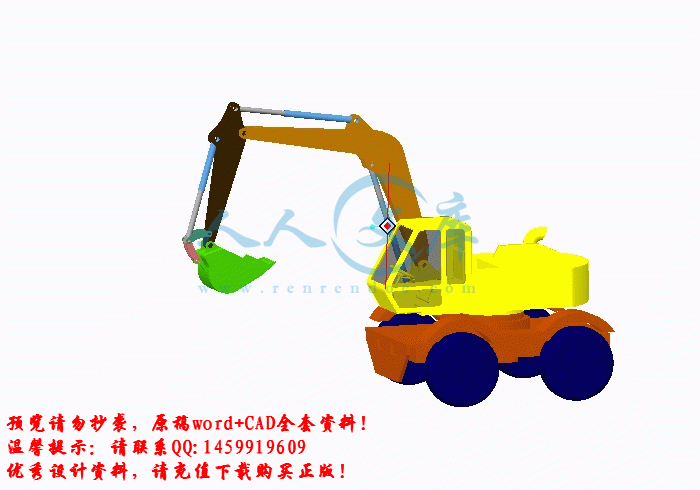

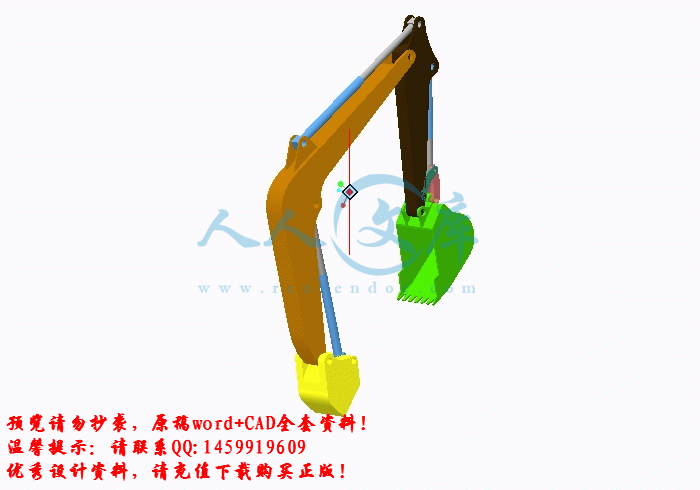
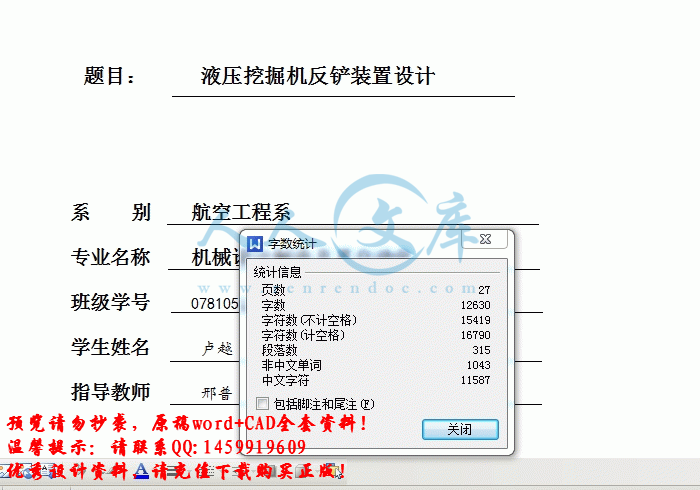

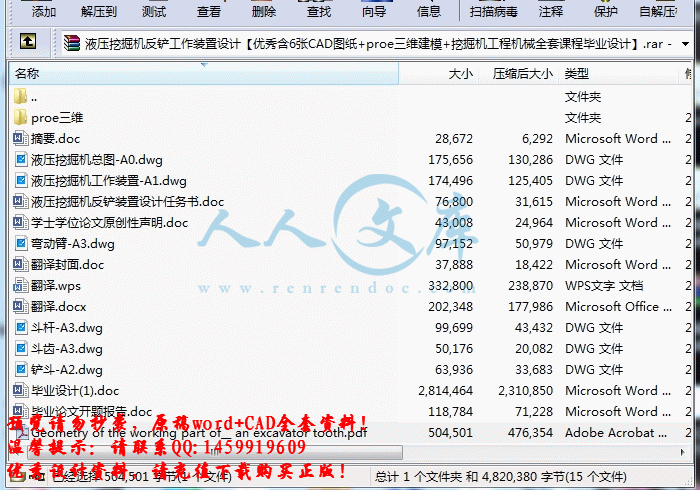
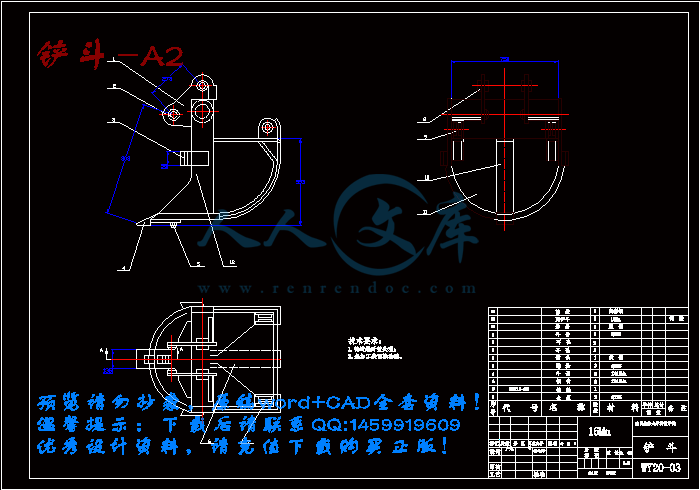
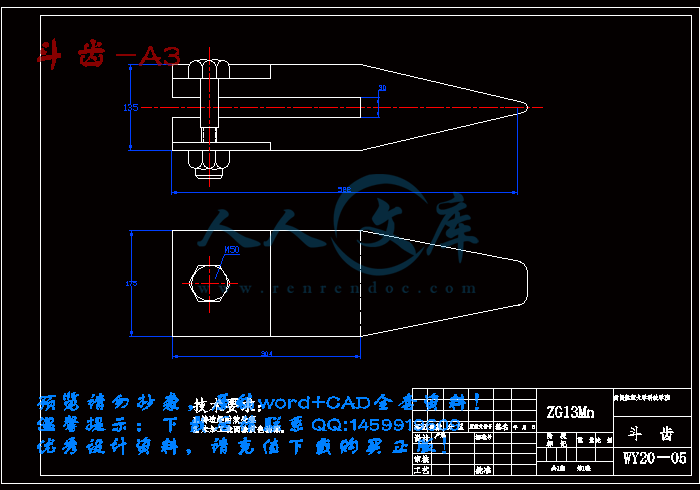
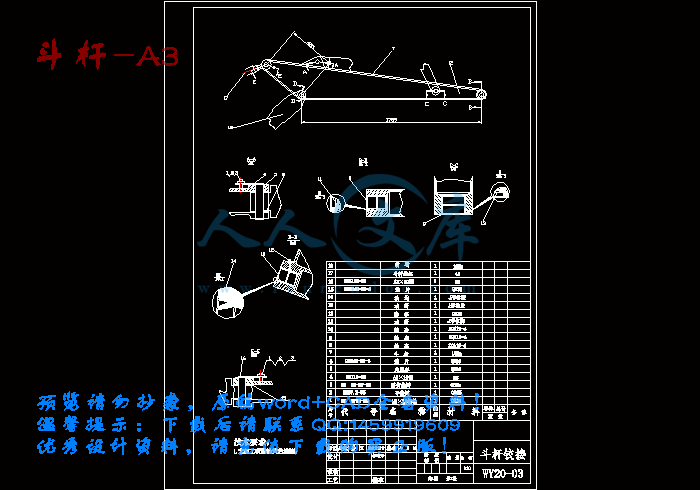
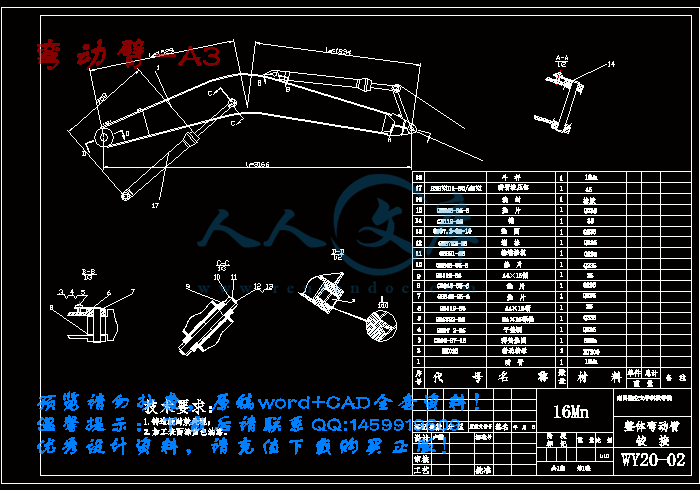
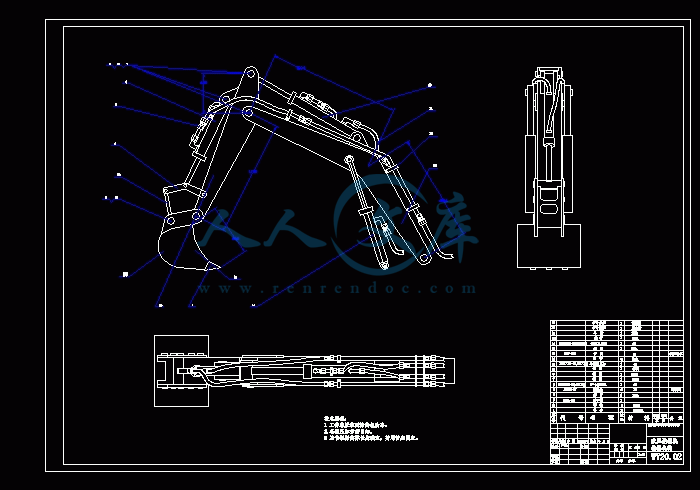

 川公网安备: 51019002004831号
川公网安备: 51019002004831号